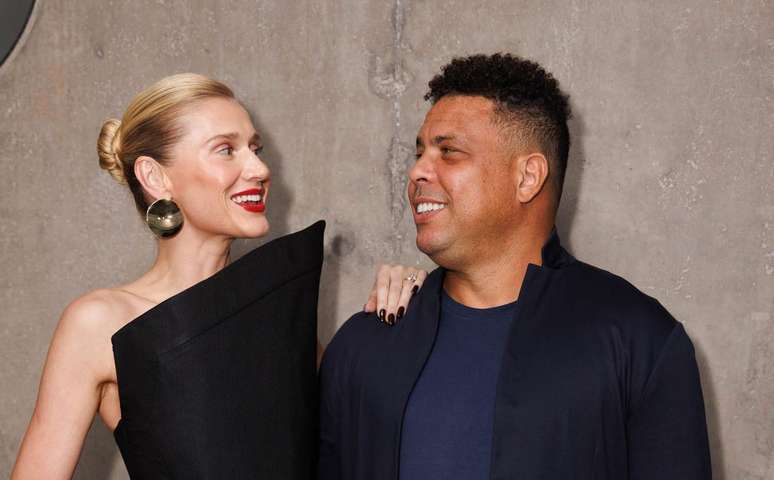In his first feature film in eight years, the director talks about a society in which humans create new organs and digest plastic.
After eight years without releasing any films, David Cronenberg is back with a feature film that is very different from his later works, such as Signs of violence (2005), crime lords (2007) and cosmopolis (2012). Crimes of the future (“crimes of the future”, in free translation), which is released today in cinemas and arrives on Mubi on the 29th, is, in fact, a sort of return to his films from the past, which speak of the body and technology, such as Videodrome – The video syndrome (1983) and eXinstenZ (1999).
But the director guarantees not to think about his previous work when writing a screenplay. “Any resemblance is coincidental,” he told him during the press conference during the Cannes Film Festival, where Crimes of the future passed the competition. “But I know a lot of people see things from my other films in this one. There will be connections because they all come from my nervous system.”
In case of Crimes of the future, the script has been written for over 20 years. Cronenberg thought it was outdated, but its producer Robert Lantos re-read it and said it was actually more relevant than ever. The plot takes place in a dystopian future where humans have mutated. Some are able to digest plastic. Others, such as Saul Tenser (Viggo Mortensen, in his fourth film with the Canadian director), have developed new organs. In artistic performances, his partner Caprice (Léa Seydoux) removes these appendages. There is also a government office that regulates these mutations. One of the employees is Timlin (Kristen Stewart), who is fascinated by Tenser.
The actress finds it absurd that Cronenberg’s work is perceived as difficult or indigestible. “To me, every weird throbbing, sharp, bleeding image, every bruise in your films leaves me speechless,” she said. “It doesn’t repel me. Everything he does I feel through visceral desire.” Making the film, she wasn’t sure what it was. But looking at him, it was as if Cronenberg were exposing his organs. The director recently sold his kidney stones on display in NFT format. “This is the metaphor of organ surgery, an artist who puts his innermost thoughts and visions in and is vulnerable,” she told the AP.
“The body is reality”, he repeated several times at a press conference in Cannes. Cronenberg is fascinated by the question of the presence of microplastics in our blood and even in our skin. “Our bodies have more differences than ever and that won’t change,” Cronenberg told the AP. He also cited mRNA technologies used in gene-editing vaccines against covid and CRISPR. And even more ordinary things, like the lens he put in his eyes after cataract surgery and the hearing aid that he, at 79, needs to wear. “I’m totally bionic,” he admitted. “Years ago it would have been a problem. I would have finished my career much earlier because without hearing and seeing, it is quite difficult to make films.”
the body is reality it also has a political dimension, even more so in the context of the reversal of the right to abortion in the United States. Even 20 years ago, she imagined that the discussion of body control would be relevant. “The film is not explicitly political,” she clarified in Cannes. “But for me, all art is inherently political because it is an expression of the context, of the intellect, of a very specific language. In this sense, it is political, whether its creator is aware of it or not.”
Source: Terra
Emily Jhon is a product and service reviewer at Gossipify, known for her honest evaluations and thorough analysis. With a background in marketing and consumer research, she offers valuable insights to readers. She has been writing for Gossipify for several years and has a degree in Marketing and Consumer Research from the University of Oxford.




